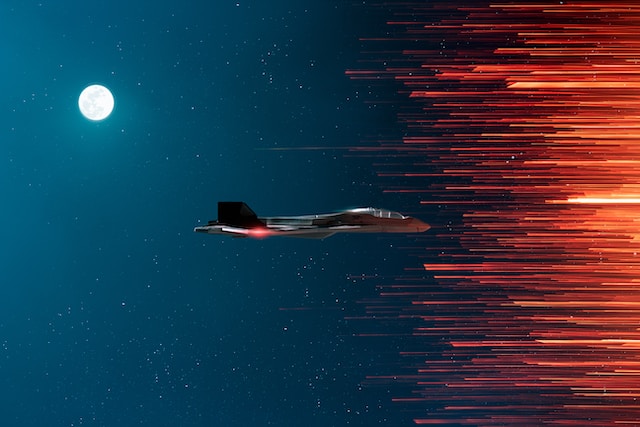This article has been authored by Sue Ann Bowling, an ardent writer who derives great pleasure from the act of putting words onto paper. Sue Ann has nurtured a lifelong passion for writing, recognizing its extraordinary ability to convey thoughts, stir emotions, and ignite the boundless realm of imagination. Whether engrossed in the realm of fiction or immersed in diligent research, Sue Ann wholeheartedly embraces the art of storytelling and cherishes every opportunity to disseminate knowledge to others. Her written works reflect a combination of eloquence, precision, and an unwavering commitment to the craft. Sue Ann’s infectious enthusiasm for writing serves as a catalyst, motivating individuals to explore their own creative depths and embark upon their unique literary expeditions.
Introduction
The world of aviation has always been at the forefront of technological innovation, pushing the boundaries of what is possible in human flight. From the pioneering days of the Wright brothers to the supersonic era and beyond, aircraft technology has undergone remarkable transformations. Today, we find ourselves on the cusp of a new era in aviation, where cutting-edge advancements promise to revolutionize the way we fly. This article takes you on a captivating journey into the future of flight, exploring the latest developments and their implications for the aerospace industry and beyond.
Evolution of Aircraft Technology
To truly appreciate the advancements taking place in aircraft technology, it is important to understand its evolution. Over the years, aviation has witnessed significant milestones that have propelled the industry forward. From the introduction of jet engines to the development of composite materials, each breakthrough has paved the way for more efficient and capable aircraft. The integration of fly-by-wire systems, advanced avionics, and improved aerodynamics has led to enhanced safety and operational performance. By examining the historical context, we can gain insights into the transformative power of technology in aviation.
Current State of Aircraft Technology
In the present era, we are witnessing an exciting convergence of technologies that are reshaping the landscape of aviation. From electric propulsion systems to advanced materials and manufacturing techniques, modern aircraft are becoming smarter, greener, and more capable than ever before. Electric and hybrid-electric aircraft are being developed to reduce emissions and noise pollution, offering a glimpse into a future with cleaner and quieter skies. Additionally, advancements in artificial intelligence and data analytics are enabling predictive maintenance, optimizing flight operations, and enhancing overall safety.
Future Possibilities in Aircraft Technology
Looking ahead, the future of flight holds tremendous promise. Research and development efforts are underway to bring forth next-generation aircraft that push the boundaries of performance, efficiency, and sustainability. Concepts such as blended-wing body designs, supersonic travel, and autonomous flight are being explored, offering tantalizing possibilities for a new era of air travel. Moreover, breakthroughs in materials science, including the development of stronger and lighter materials, are poised to revolutionize aircraft design, enabling greater fuel efficiency and range.
The Implications of Advanced Aircraft Technology
The advancements in aircraft technology are not limited to the aerospace industry alone. They have far-reaching implications for various sectors, including transportation, logistics, and even space exploration. The adoption of electric propulsion systems and autonomous flight technologies can revolutionize urban air mobility, offering efficient and eco-friendly transportation solutions in crowded cities. Furthermore, improved fuel efficiency and reduced emissions contribute to global sustainability efforts, helping combat climate change and create a more sustainable future.
Challenges and Obstacles to Overcome
As with any technological advancement, the path to realizing the full potential of advanced aircraft technology is not without challenges. Regulatory and certification processes need to adapt to accommodate novel technologies and ensure safety standards are met. Additionally, the infrastructure for charging electric aircraft and integrating autonomous systems requires significant investment and planning. Addressing public concerns, such as privacy and safety, is paramount to building trust and fostering acceptance of these transformative technologies.
Conclusion
The future of flight is poised for incredible breakthroughs, driven by the relentless pursuit of innovation in aircraft technology. From electric propulsion systems and autonomous flight to advanced materials and aerodynamic designs, the possibilities are vast. As we venture into this exciting future, collaboration between industry leaders, researchers, and regulators will be crucial in overcoming challenges and realizing the full potential of these advancements. The journey into the future of flight promises not only more efficient and sustainable air travel but also the opening of new frontiers in exploration and connectivity. Together, we are poised to embark on a new era of aviation, where the boundaries of what we once thought possible will be surpassed
